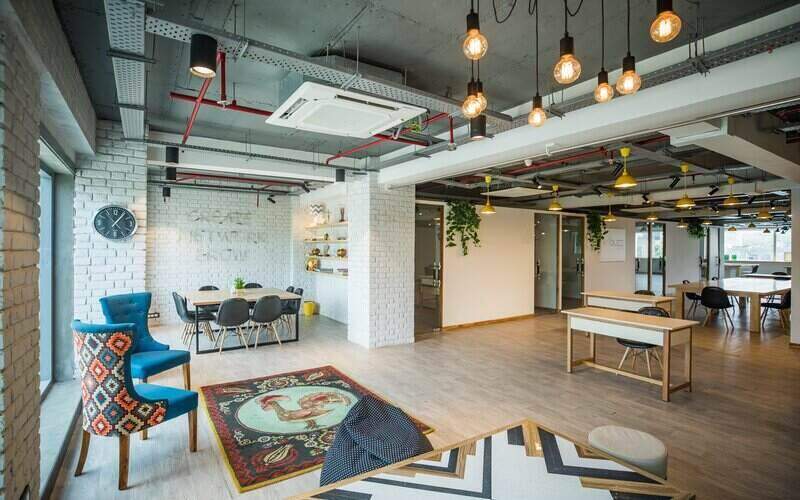The average new house built in Australia in 2019/20 was 235.8 square metres, up 2.9% on the year and the biggest increase in 11 years.
In contrast, US houses built over the 2019 calendar year fell for the fourth year straight, down 3% to 233.1 square metres.
Australian apartments have also expanded in the past year, lifting 6% to a decade high of 136.8 square metres.
Buying a home or looking to refinance? The table below features home loans with some of the lowest variable interest rates on the market for owner occupiers.
| Lender | Home Loan | Interest Rate | Comparison Rate* | Monthly Repayment | Repayment type | Rate Type | Offset | Redraw | Ongoing Fees | Upfront Fees | Max LVR | Lump Sum Repayment | Extra Repayments | Split Loan Option | Tags | Features | Link | Compare | Promoted Product | Disclosure |
|---|---|---|---|---|---|---|---|---|---|---|---|---|---|---|---|---|---|---|---|---|
5.54% p.a. | 5.58% p.a. | $2,852 | Principal & Interest | Variable | $0 | $530 | 90% |
| Promoted | Disclosure | ||||||||||
5.49% p.a. | 5.40% p.a. | $2,836 | Principal & Interest | Variable | $0 | $0 | 80% |
| Promoted | Disclosure | ||||||||||
5.64% p.a. | 5.89% p.a. | $2,883 | Principal & Interest | Variable | $250 | $250 | 60% |
| Promoted | Disclosure | ||||||||||
5.64% p.a. | 5.89% p.a. | $2,883 | Principal & Interest | Variable | $248 | $350 | 60% |
| Disclosure |
Overall, the average new home (houses and apartments) built in 2019/20 was 195.8 square metres, up 3% over the year to a six-year high.
The Australian Capital Territory built the biggest houses in the country in 2019/20, ahead of Victoria, New South Wales and Western Australia.
Despite lifting 6% last year, the average house in New South Wales is 6% smaller than Victoria.
Of course, it's not the size of the house that counts, but what you do with it.
CommSec Chief Economist Craig James said before last year, Aussie home buyers had been building progressively smaller houses on average.
"Aussies had embraced apartments as well as smaller houses on smaller lot sizes," Mr James said.
"In fact the size of the average house built last year (2018/19) was the smallest in 17 years.
“So while Aussies built bigger homes over the past year, the big question is whether the decade-long downtrend in home size has ended.
"And COVID-19 may play a big role in answering that question."
Mr James said lockdowns and the pandemic had prompted more Aussies to reassess their housing needs.
"With more time spent at home for both leisure and work, some Aussies are looking for bigger homes," he said.
"Others are coming to the belief that the layout of their home needs changing.”
COVID and home building
Mr James said there had been shifting trends in the sizes and styles of homes over the past decade, and COVID was throwing another element into the mix.
"More Aussies could embrace working from home in a bigger way, opting to move away from apartments in, or near the CBD, in preference for a larger home in a regional or suburban ‘lifestyle’ area."
He added demand for bigger or better homes had a significant impact on the construction industry.
“The trends in home size have enormous implications for retailers and builders," Mr James said.
"It is also clear that a raft of government agencies and businesses, especially those that are reliant upon or housing-focused, will need to be agile in monitoring the new housing trends.”
The latest lending indicators data from the Australian Bureau of Statistics (ABS) revealed construction loan commitments were up 25.3% on the month in September and up 73.8% on the year.
ABS head of finance and wealth Amanda Seneviratne said this could be partly due to HomeBuilder.
"Approximately half of the rise in September’s owner-occupier housing loan commitments was for the construction of new dwellings," she said.
“Owner-occupier housing loan commitments are at historically high levels, consistent with low interest rates and government incentives.
"For example, it is likely that the HomeBuilder grant is contributing to increased demand for construction loans.”

Ready, Set, Buy!
Learn everything you need to know about buying property – from choosing the right property and home loan, to the purchasing process, tips to save money and more!
With bonus Q&A sheet and Crossword!
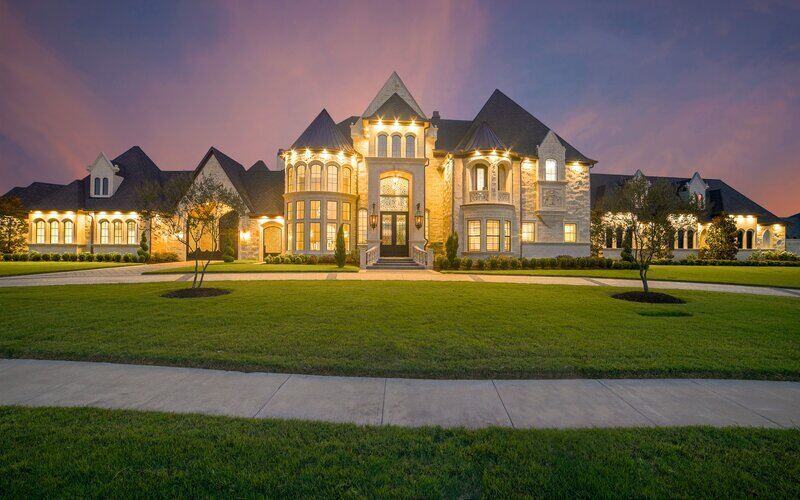

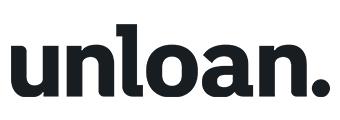
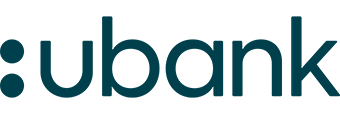
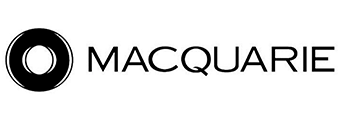

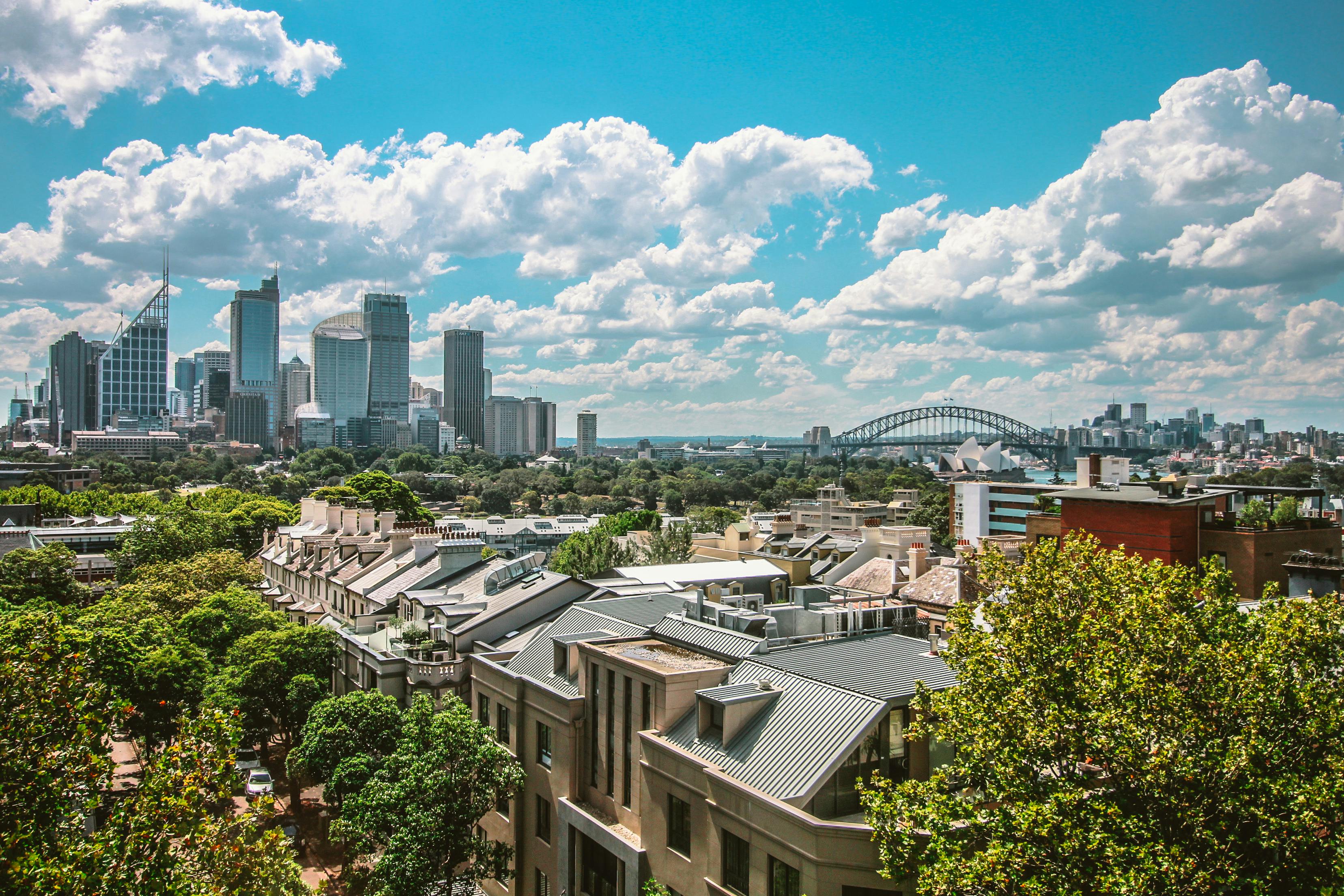
 Bea Garcia
Bea Garcia
 Denise Raward
Denise Raward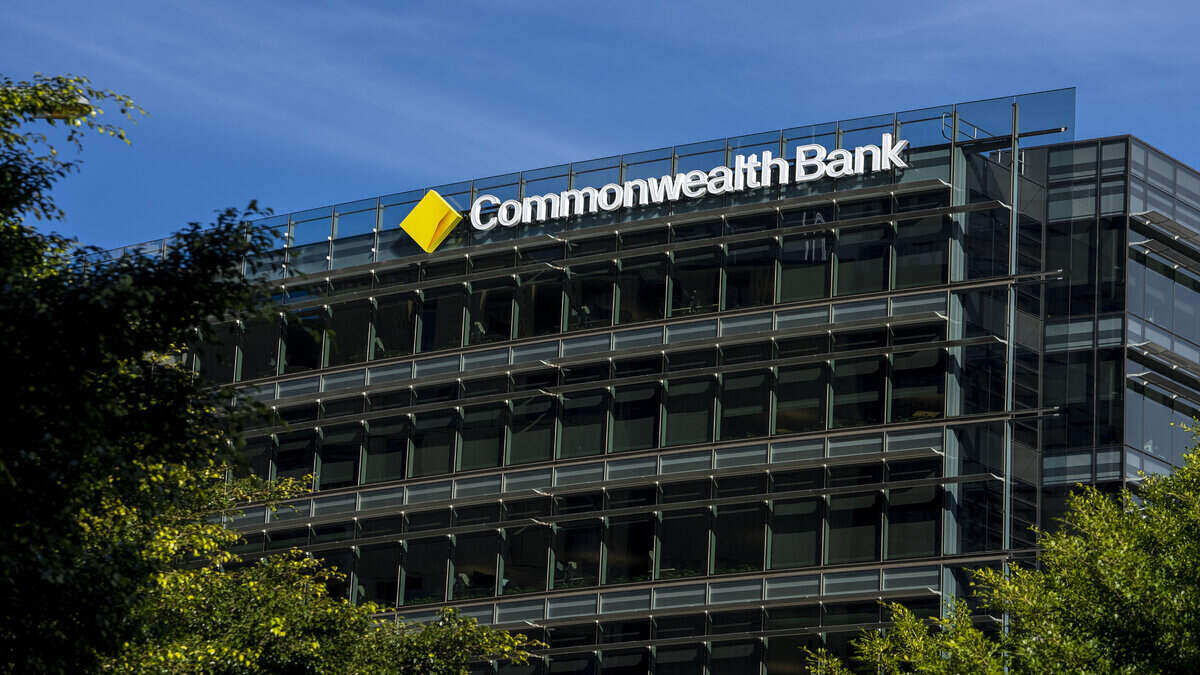
 Harry O'Sullivan
Harry O'Sullivan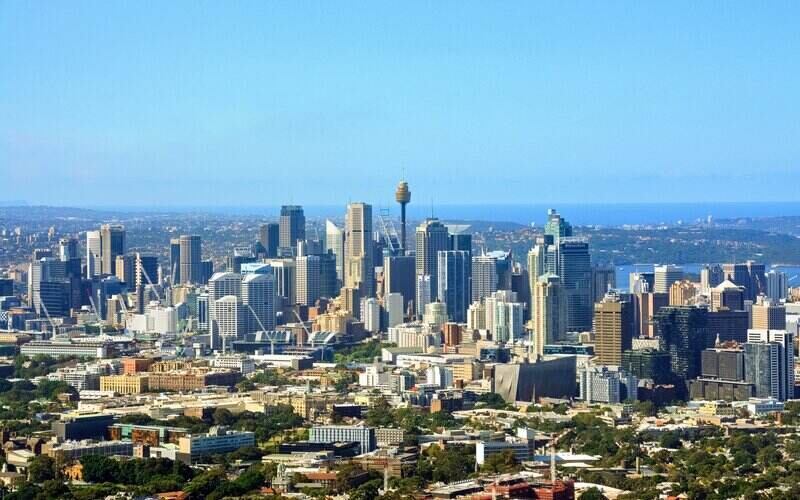
 Alex Brewster
Alex Brewster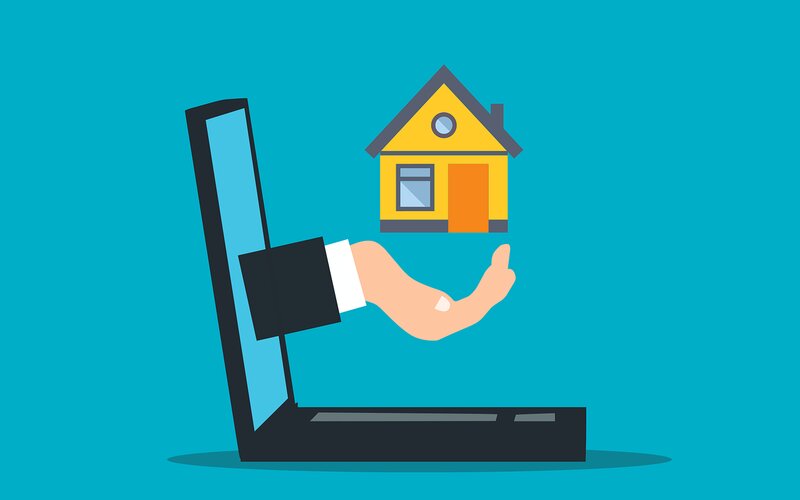
 Rachel Horan
Rachel Horan

